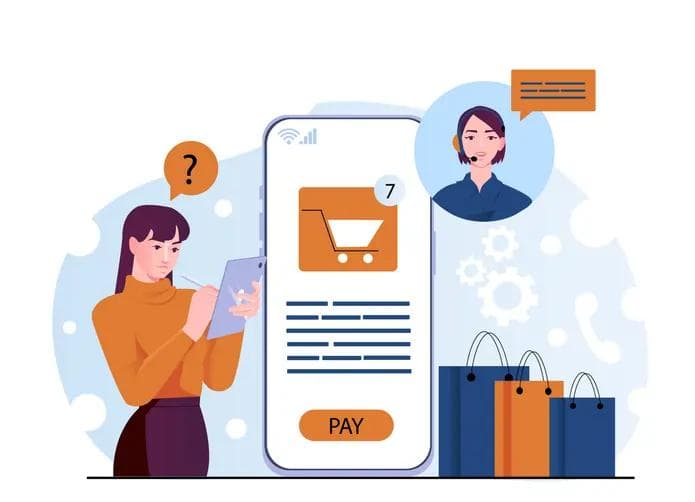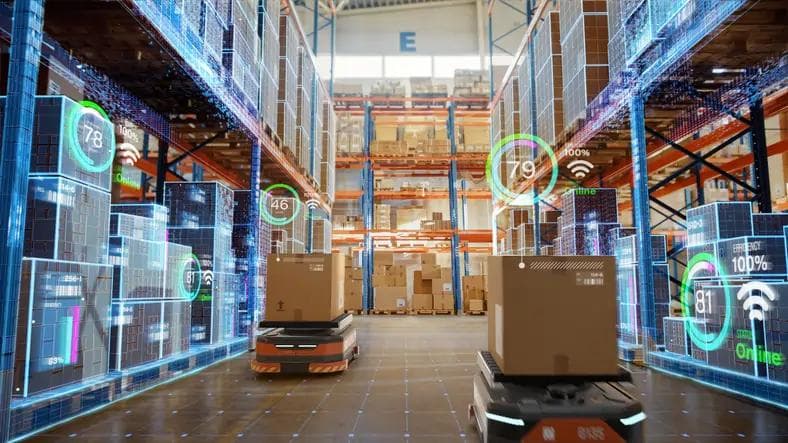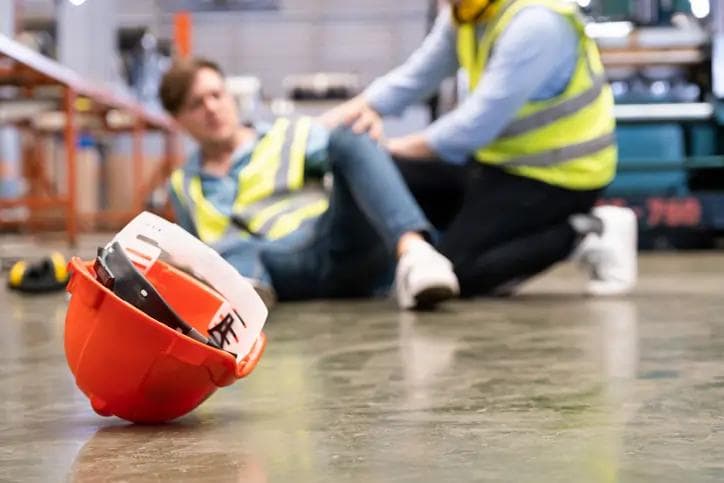How payment innovations will help SMEs thrive in 2022
How payment innovations will help SMEs thrive in 2022
Published by Jessica Weisman-Pitts
Posted on March 30, 2022

Published by Jessica Weisman-Pitts
Posted on March 30, 2022

By Mike Elliff, CEO at Tyl, discusses how technology holds the key to a prosperous year for business owners
Card payment technology has come a long way from the now humble credit card born in the 1950s. With the rise of smartphones and wearables, contactless payments have become more accessible for consumers than ever before. Innovation is at the heart of the payments industry with what seems to be a continuous evolution. However, it’s not just the acceptance of payments that has drastically changed in 50 years, the technology powering POS terminals has changed beyond recognition, allowing businesses to integrate their payments into other vital business systems, such as accounting, inventory tracking and employee scheduling.
The SME boom: side hustles accelerate entrepreneurial spirit
The economic impact of the pandemic across all sectors in the UK is well documented. However, there were some unexpected consequences; for many people with more time available through shortened commutes, there was an ability to invest in new side hustles. One company states that over a third of people now run their own business with the majority set up during the pandemic. The newest entrepreneurs of Britain faced a challenging environment through tough trading restrictions imposed during the pandemic.
According to the Federation of Small Businesses (FSB), SMEs account for three fifths of UK employment and around half of turnover in the UK private sector. This vital group faces significant financial and time pressures, with one in five small businesses failing in their first year and around 60% going bust within their first three years. With rising energy bills, the highest inflation rate in almost 30 years and the predicted increase in employers’ national insurance contributions, SMEs need to be supported financially but also educated in increasing business efficiency and reducing costs. The development towards digital payment offers significant potential to increase in sales and efficiency, as well as cost reduction for SMEs.
Cash may have been King, but contactless is the new ruler
The pandemic may have seen a boom in SMEs and side hustles, but it also saw a radical shift in the way we pay for goods and services. In fact, the majority (68%) of consumers say COVID-19 has permanently changed how they pay, with a preference for contactless, according to UK Finance. The rise in card and contactless payments has also been accelerated by the increased uptake and advancements with smartphones. Research by Deloitte shows that only 41% of respondents have never used their phone to pay, a dramatic change from the 2017 survey that found 83% hadn’t.
And it appears that Brits are leading the charge in the switch to contactless, as cash usage has fallen in the UK faster than any other European economy, dropping by 23% in 2019. For SMEs, it’s not a nice-to-have; it’s essential they cater to the preference of consumers no matter what their size.
The little wins help SMEs win big
For time pressured business owners, the speed of newer forms of payment is a huge benefit for those who are often wearing a few hats at once. For example, a small business can set up their terminal to take the exact amount for fixed items on a menu and therefore substantially speed up transaction times. For many businesses, this also enhances the customer experience by providing patrons with many different ways of paying, whether it is over the phone, contactless, by card or online.
Taking a payment is just the first step in SMEs’ successful business journey, and many new business leaders are shocked what comes next. Laborious manual entry of data has plagued businesses who think sophisticated software is out of their reach. Fortunately, card and contactless payments further increase efficiency through the automated data entry, removing the need to enter your data into your accounting software, which has the additional benefit of cutting out any human error.
In addition, new technology also allows SMEs to take payments without having to use credit or debit cards, allowing consumers to make online payments quickly and conveniently. Companies such as Payit by NatWest, remove the need for credit or debit cards by giving consumers an online link, allowing them to use online or mobile banking to make payments.
What’s more, with the democratisation of data, SME owners are in a strong position to analyse their business performance and use this insight to drive growth. For instance, understanding when certain products fly off the shelves or the time of the day that sales are more muted and therefore staffing can be reduced to avoid unnecessary expenditure.
Building a loyal local customer base is a critical goal for all SMEs. For many businesses this can be a daunting task with so many possible routes to pursue. According to one survey, nearly a quarter (23%) of consumers are more likely to shop from brands that support their local communities. In a mission to help local businesses and communities thrive, Tyl launched its Giveback Community Fund. For every payment taken by a Tyl retailer, a donation is made to charities and community projects. Through Tyl’s partner Pennies, Tyl’s Giveback Community Fund has now granted £200,000 to several different charities including Hospice UK, Macmillan Cancer Support and The Prince’s Trust. Therefore, local businesses can support the areas around them, and also establish a returning group of shoppers all through automated charity donation.
Supporting SMEs through the challenges they are currently facing is crucial as we emerge from the pandemic. As an integral part of the British economy, SMEs need support through innovation and education to succeed. With the developments in the payments industry bringing speed and ease of payments, as well as the ability to gather and analyse business performance, SMEs have never been in a stronger position to grow.
Explore more articles in the Business category











